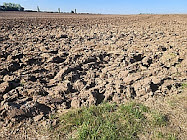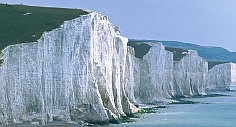Start Here

There are two pages here: 'The Routes’ is a list of the bike rides and explains how to use them. ‘Other Stuff’ contains background notes on the landscape and history of the area as a whole. This avoids my having to repeat the story in every set of route notes. My gallimaufry of irreverent irrelevancies on a wider range of topics can now be found here at www.oildrumlane.co.uk The dictionary defines 'pootle’ as 'to move somewhere slowly and with no real purpose. This website is home for a collection of bike routes created with an eye for scenery, variety, interest and amusement, aimed at my fellow pootlers and slow cyclists. Most are 30- 40 miles long and either circular or start and finish on the same railway line out of a North London terminal. There are a few longer rides which I treat as overnight trips but which could be done in a long day by the super-fit or electric bike users. All are accompanied by detailed notes on the sights and places tha...


